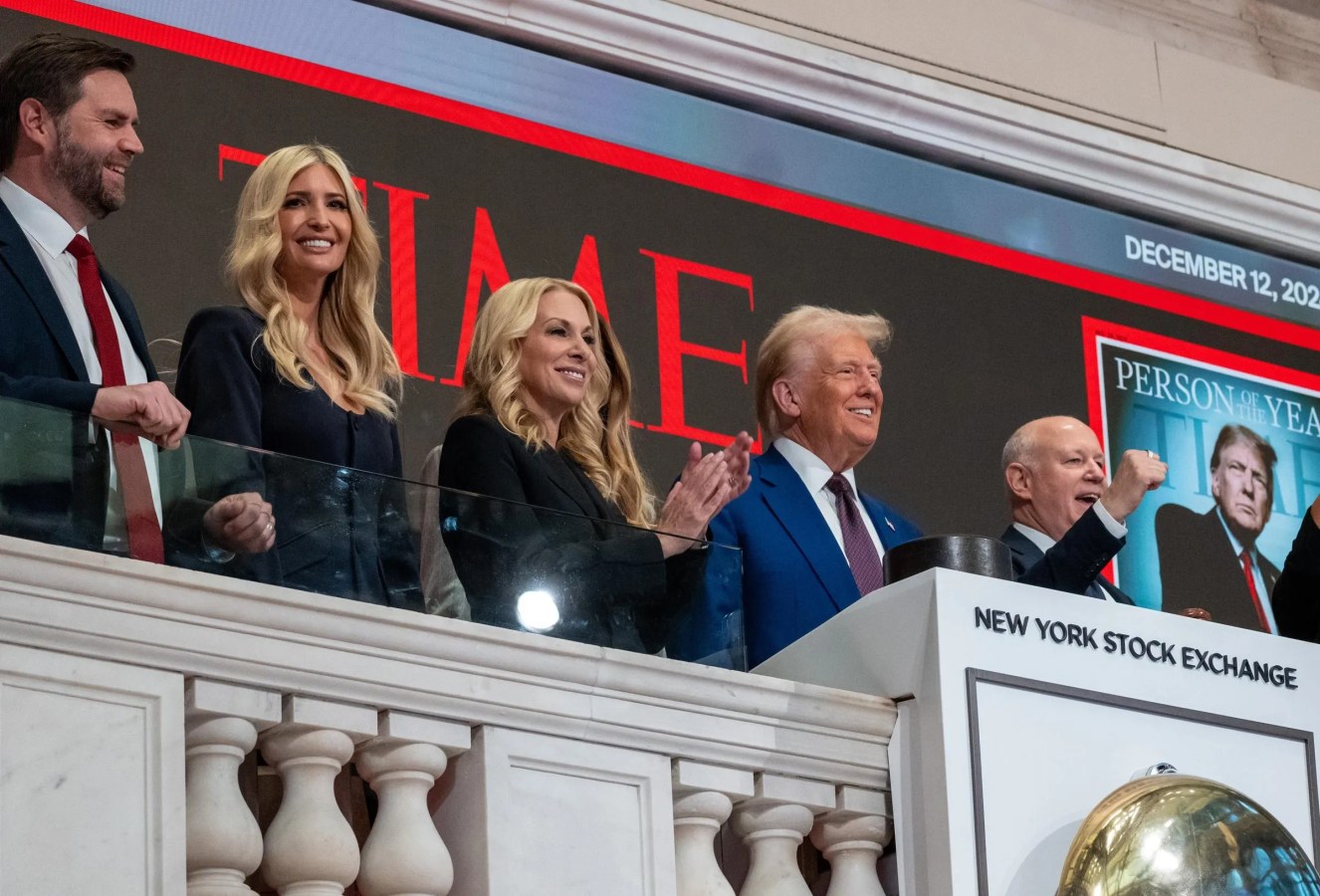Left out of the stock market’s balmy start to 2024 was Tesla, the electric vehicle giant led by eccentric billionaire Elon Musk, as the automaker whose balance sheet once made it a Wall Street favourite contends with mounting pressure.

Tesla CEO Elon Musk leaves the Tesla Gigafactory in Germany earlier this month.
dpa/picture alliance via Getty Images
Key Takeaways
- Tesla’s stock is down 29% year-to-date, making it the worst-performing company included on the S&P 500, returning a full three percentage points less than the next biggest loser, embattled commercial airplane maker Boeing, according to FactSet data.
- Tesla’s slump, which coincided with the S&P’s best first quarter in five years as all three major stock indexes set new all-time records, came as investors and analysts alike readjusted growth expectations for the company.
- The firm’s January earnings report revealed a whopping 40% year-over-year decline in quarterly profits and below-expected 3% revenue growth, revealing brutal growing pains for a company long admired for its ability to scale its business while maintaining robust profit margins.
- And analysts expect Tesla’s first-quarter earnings results due next month to reveal even further cause for concern: Average forecasts of 457 million Q1 vehicle deliveries, 8% higher than Q1 2023, would mark the weakest year-over-year growth since at least 2019 and estimates of $0.60 earnings per share would make this Tesla’s least profitable quarter since Q2 2022.
- Tesla’s stalling top and bottom lines can be traced to several factors, including higher interest payments and weakening EV demand in the U.S. and Europe, but arguably none more important than its projected slowdown in China, which accounts for about a fifth of Tesla’s revenue.
- “Very soft” demand in China coupled with “sluggish” growth and “compress[ing]” margins make this a “nightmare quarter for Tesla,” Wedbush analyst and long-time Tesla optimist Dan Ives wrote to clients this week.
Crucial Quote
Tesla’s “stock move is largely justified by falling fundamental expectations, as opposed to being more narrative driven,” noted Bernstein analyst Toni Sacconaghi, a nod to Tesla stock’s frequent swings in recent years due to headlines associated with Musk rather than its actual results. Sacconaghi, among the most bearish analysts covering Tesla, noted Tesla’s valuation “remains high on almost every” metric compared to other car companies and even “looks expensive” compared to other tech companies, which typically fetch loftier valuations. Tesla’s 56.4 price to future earnings valuation ratio is about 10 times higher than General Motors’ P/E ratio and much higher than artificial intelligence darling Nvidia’s 35 P/E ratio, according to FactSet data.
Big Number
$55.1 billion. That’s how much poorer Musk was Friday than he was at the end of 2023, according to Forbes’ estimates, sending Musk from the world’s richest person to the third-wealthiest man, trailing French luxury tycoon Bernard Arnault and Amazon founder Jeff Bezos.
Key Background
Tepid EV demand globally is linked to cost-conscious consumers as global economic conditions tighten. Electric vehicles remain on average more expensive than their gas counterparts, made worse by a decline in government subsidies incentivizing drivers to switch from gas vehicles and higher interest rates for car loans. Musk, who owns about 13% Tesla’s outstanding shares, has a majority of his net worth tied up in the EV company.
The decline in his fortune follows Tesla’s sliding share price and the January strikedown of his record $51 billion proposed pay package from his car company. Tesla’s stock is incredibly volatile for a company of its size, with its share price moving more than 25% during five of the last eight quarters.
Tesla’s market capitalisation peaked at over $1 trillion in late 2021 and early 2022, before its stock crashed as much as 75% due to deteriorating market conditions and investor unrest tied to Musk’s controversial takeover of the social media company now known as X. It’s been a far chillier opening stretch to 2024 for many other EV companies, as shares of American competitor Rivian and Chinese rival NIO are each down about 50% year-to-date, while the U.S.-based Fisker flirts with bankruptcy less than three years after scoring an $8 billion valuation.
This article was first published on forbes.com and all figures are in USD.


